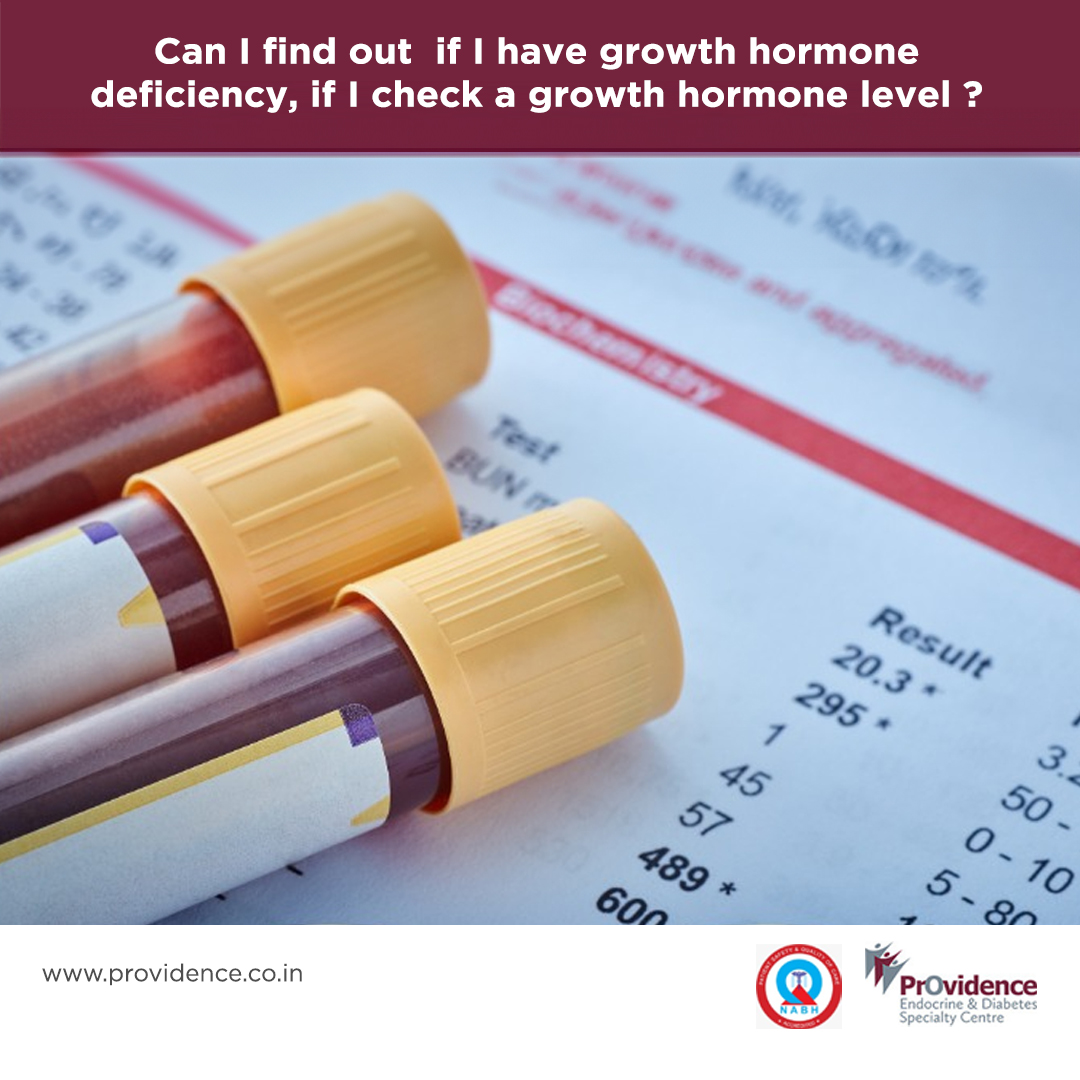Checking a single growth hormone (GH) level is not sufficient to diagnose growth hormone deficiency because GH is released in sporadic bursts, primarily overnight, making a single blood test unreliable. The size and duration of these pulses vary with the time of day, age, and sex, rendering random GH measurements rarely useful. A higher level may appear normal if the blood was drawn during a pulse, while a lower level may be normal if the blood was drawn at the end of a pulse. Instead, endocrinologists use the following tests to diagnose growth hormone deficiency:
1)Growth Hormone Stimulation Test:
This is the primary test for diagnosing growth hormone deficiency. During the test, your child will receive medications designed to stimulate the pituitary gland to release GH. Blood samples are then taken at intervals to measure GH levels and sent to the lab for testing. If the results show that GH levels did not rise to the expected level, it may indicate that the pituitary gland is not producing enough GH.
2)IGF-1 Blood Test:
Other blood tests measure substances like insulin-like Growth Factor 1 (IGF-1), which is produced when GH stimulates the liver. IGF-1 then promotes growth in bones, muscles, and organs. Because IGF-1 remains in the bloodstream longer than GH, doctors can use IGF-1 levels as an indirect measure of GH levels.
It is also essential to understand that in certain diseases like Turner syndrome, Prader Willi Syndrome, and in kids who are born small for gestational age, growth hormone testing is not necessary before starting growth hormone.
Together, these tests provide a more accurate diagnosis of growth hormone deficiency, ensuring appropriate treatment for the affected individuals.
Dr. Tittu Oommen MD, DM



